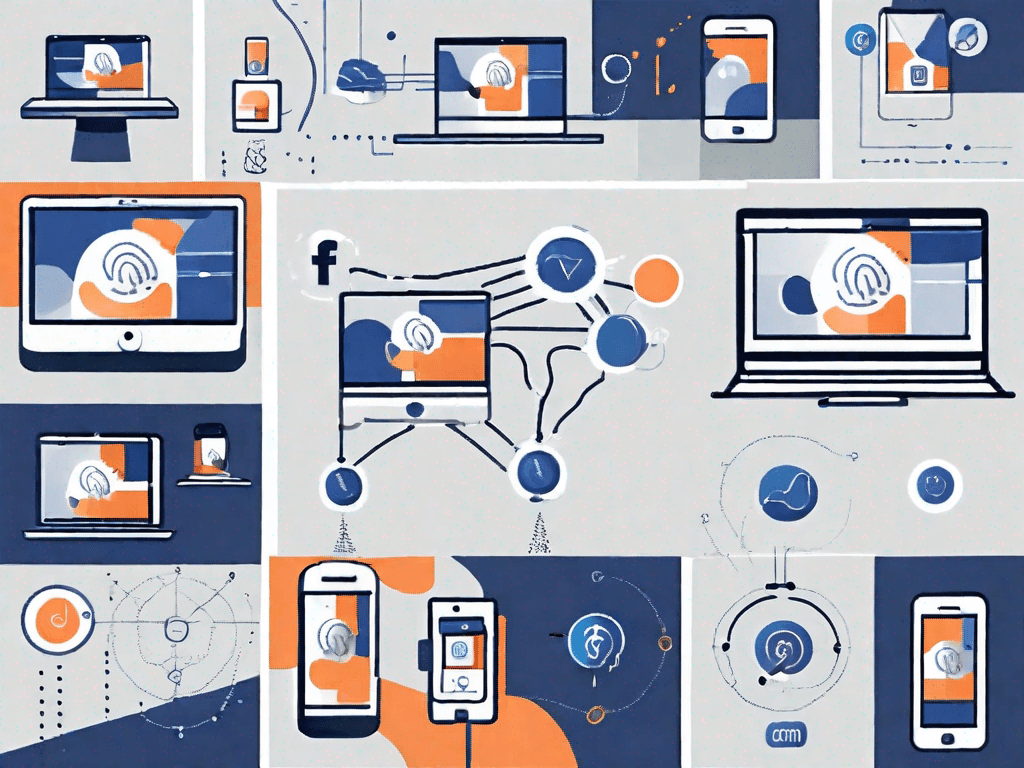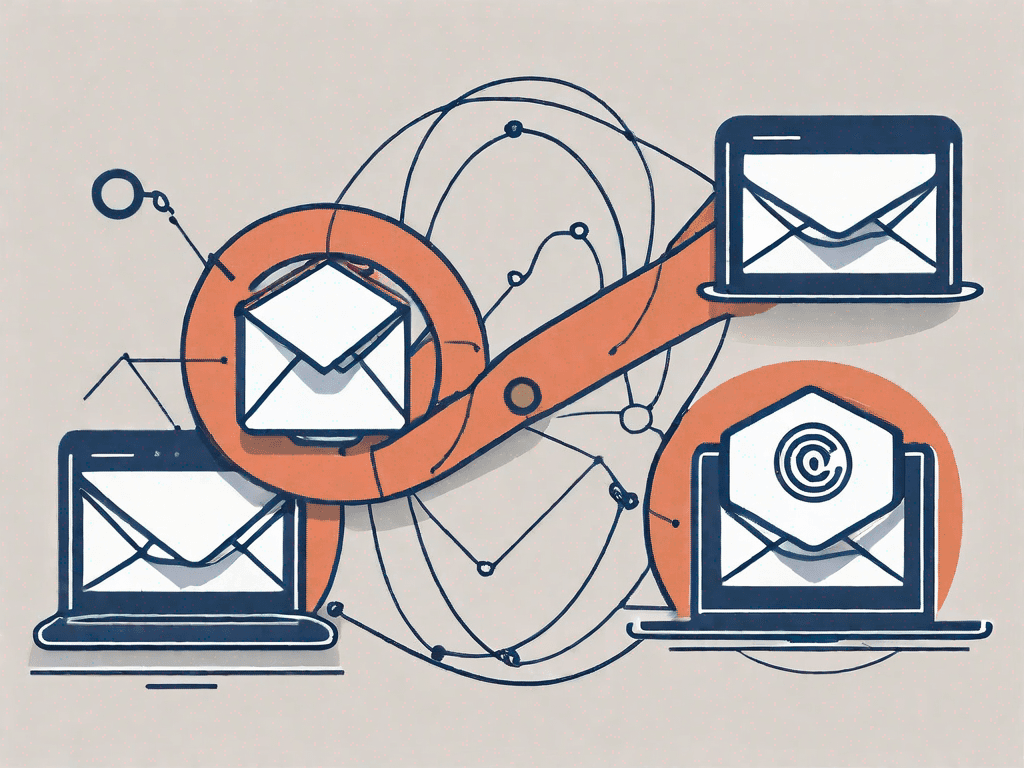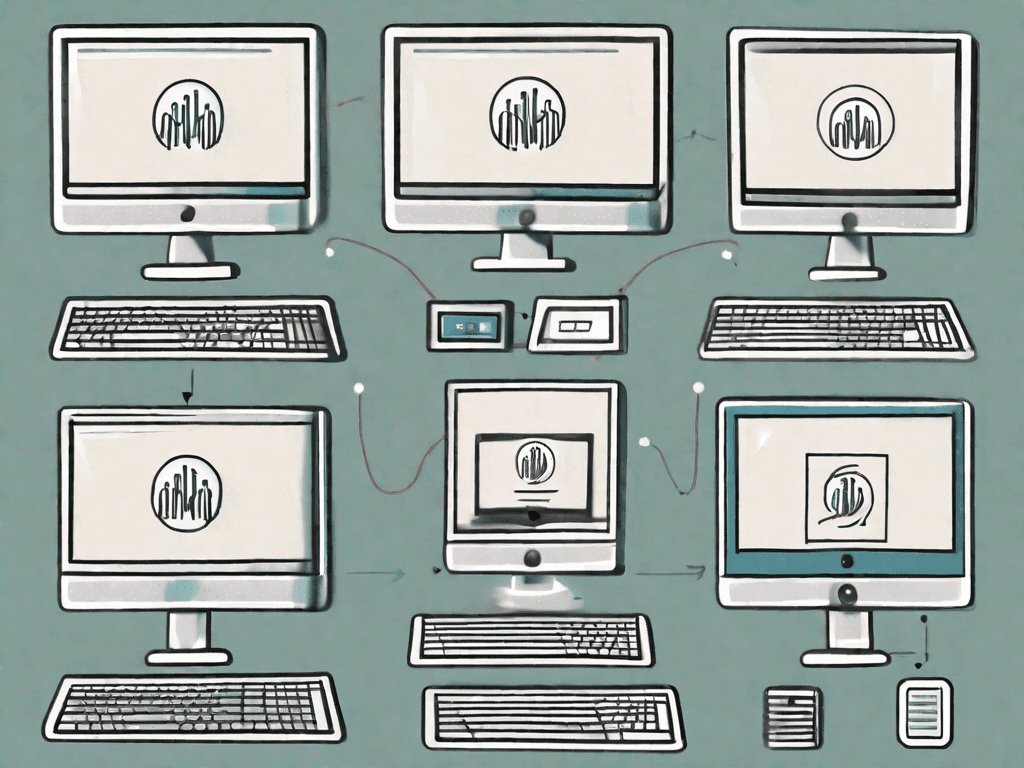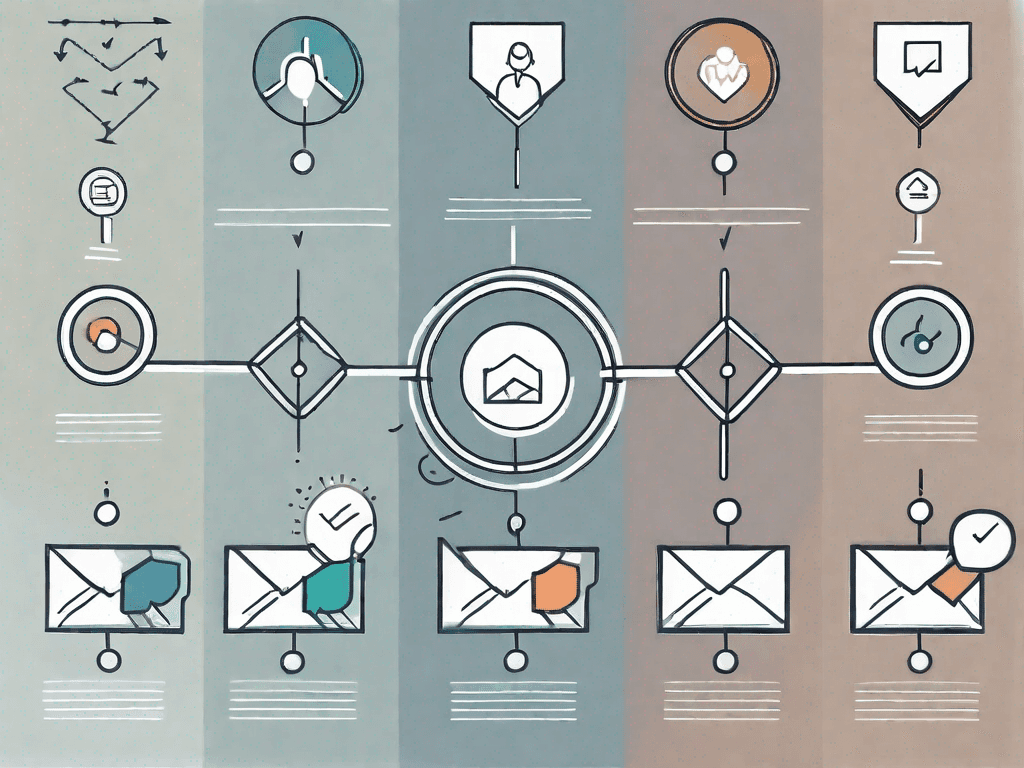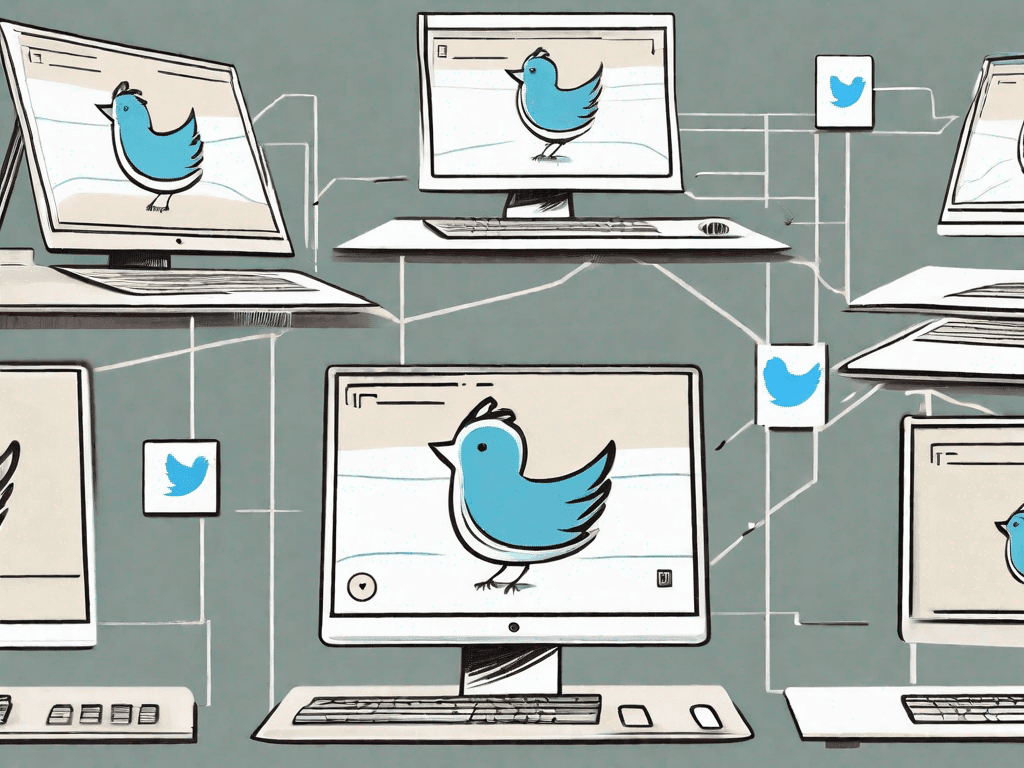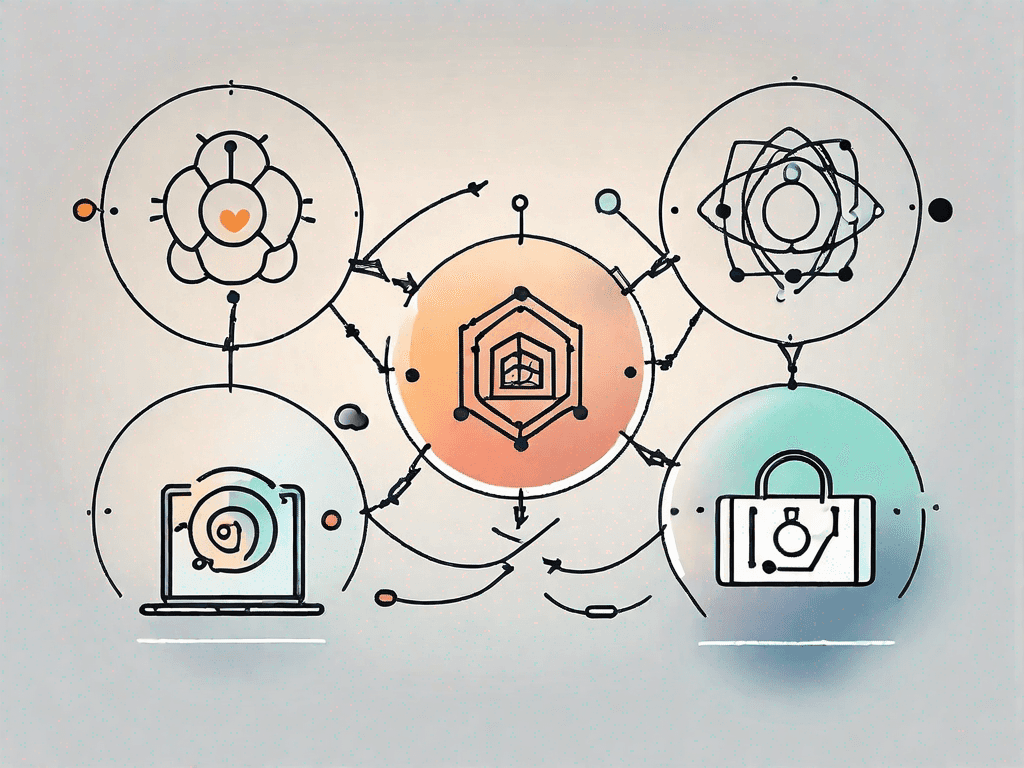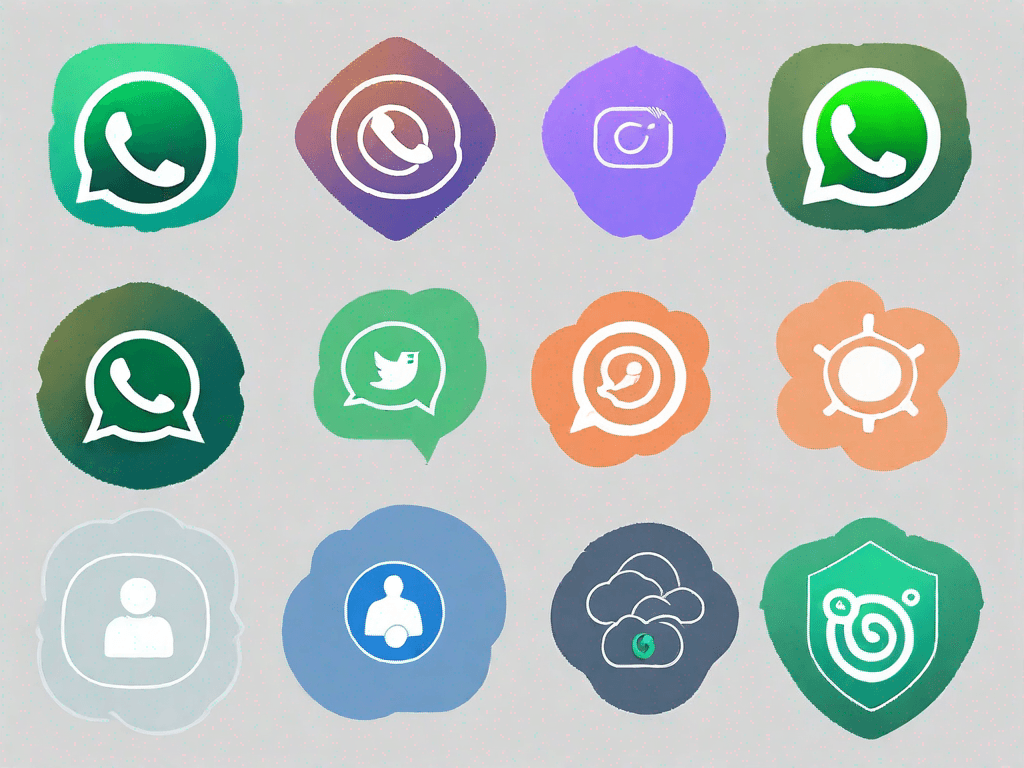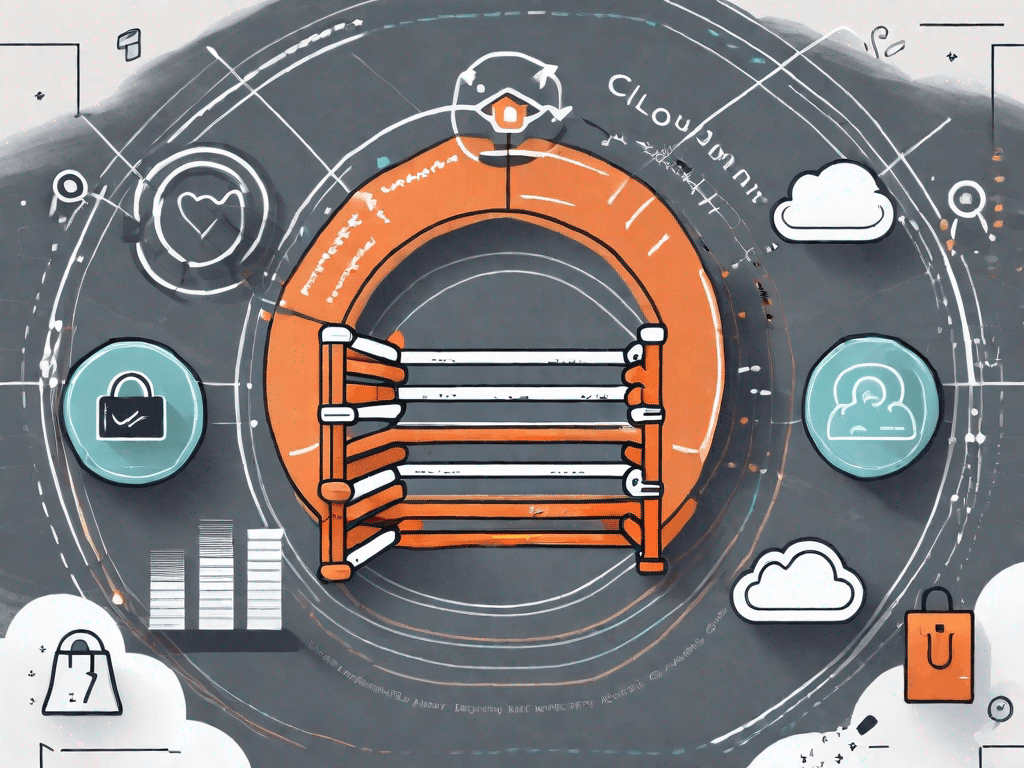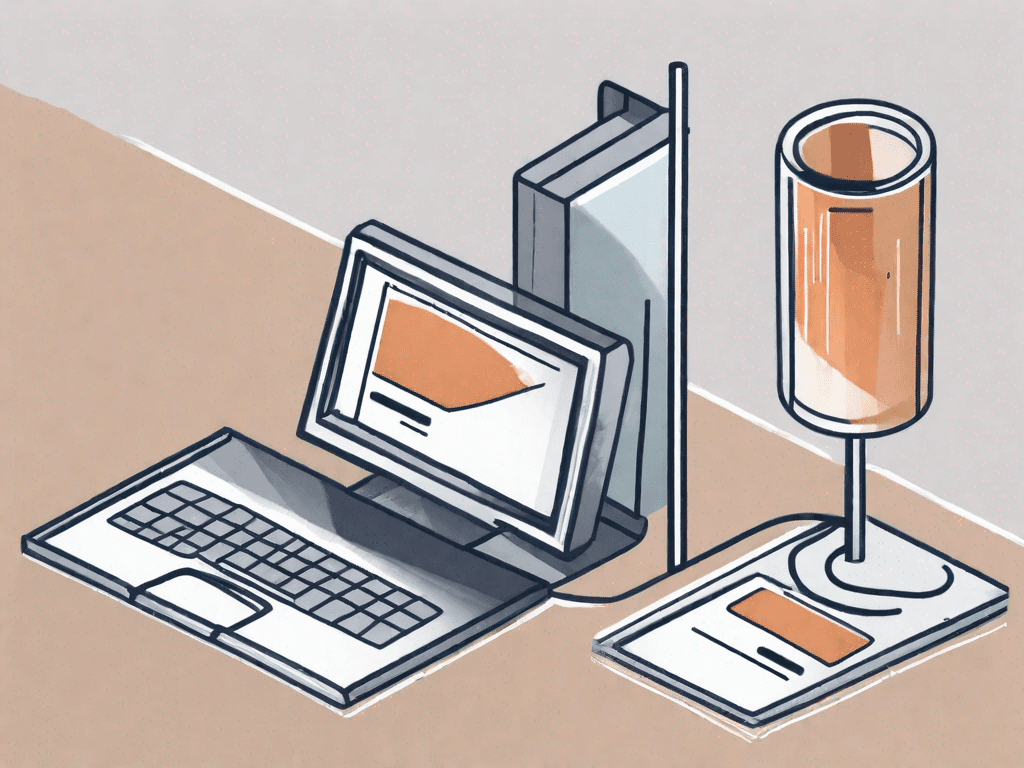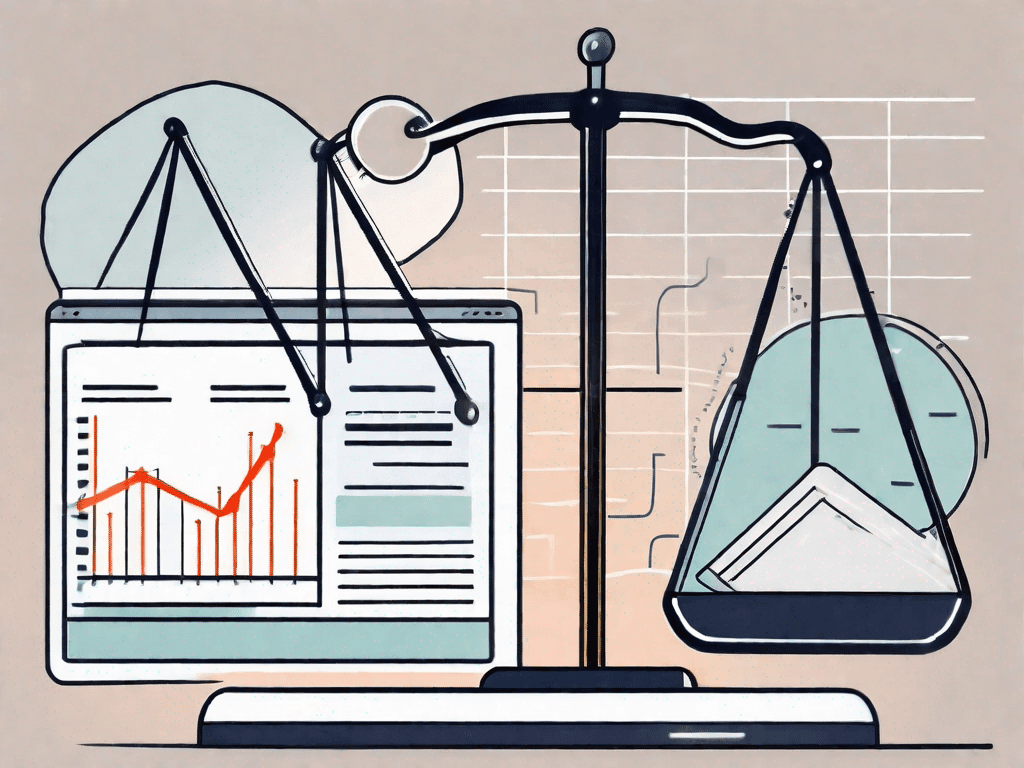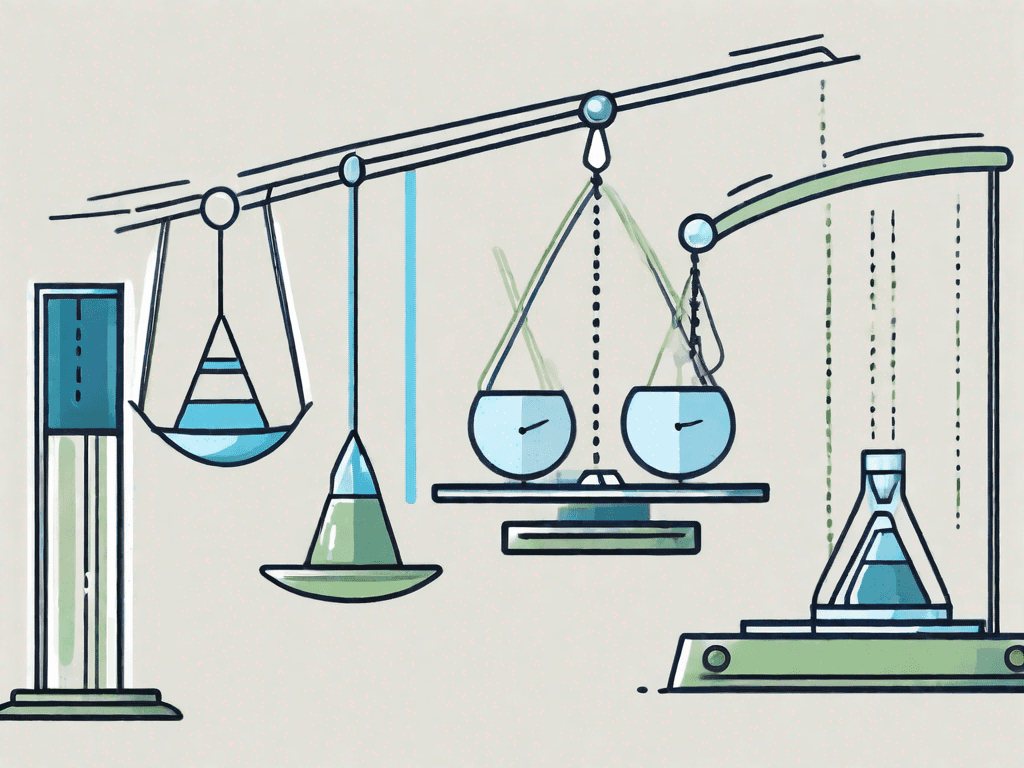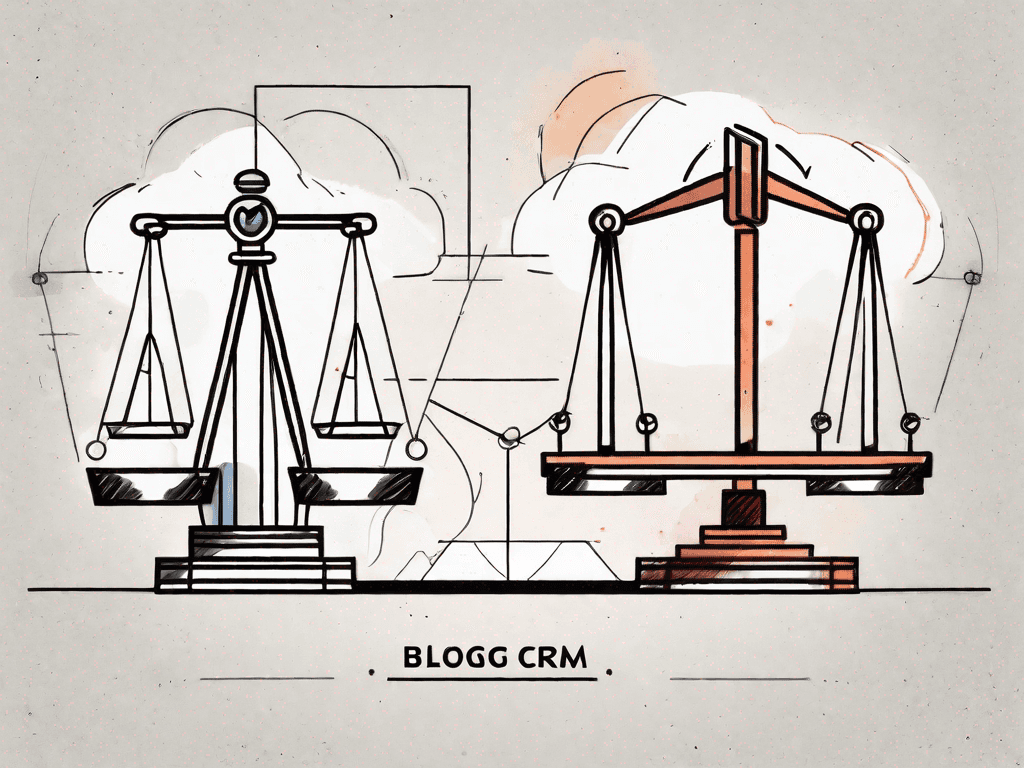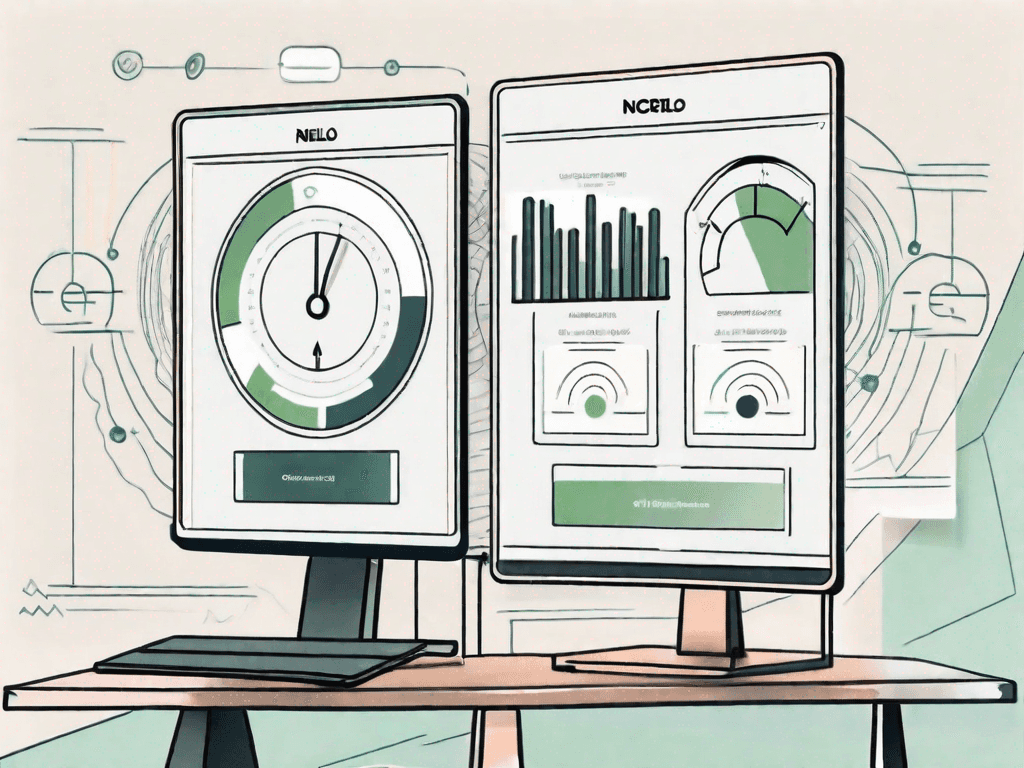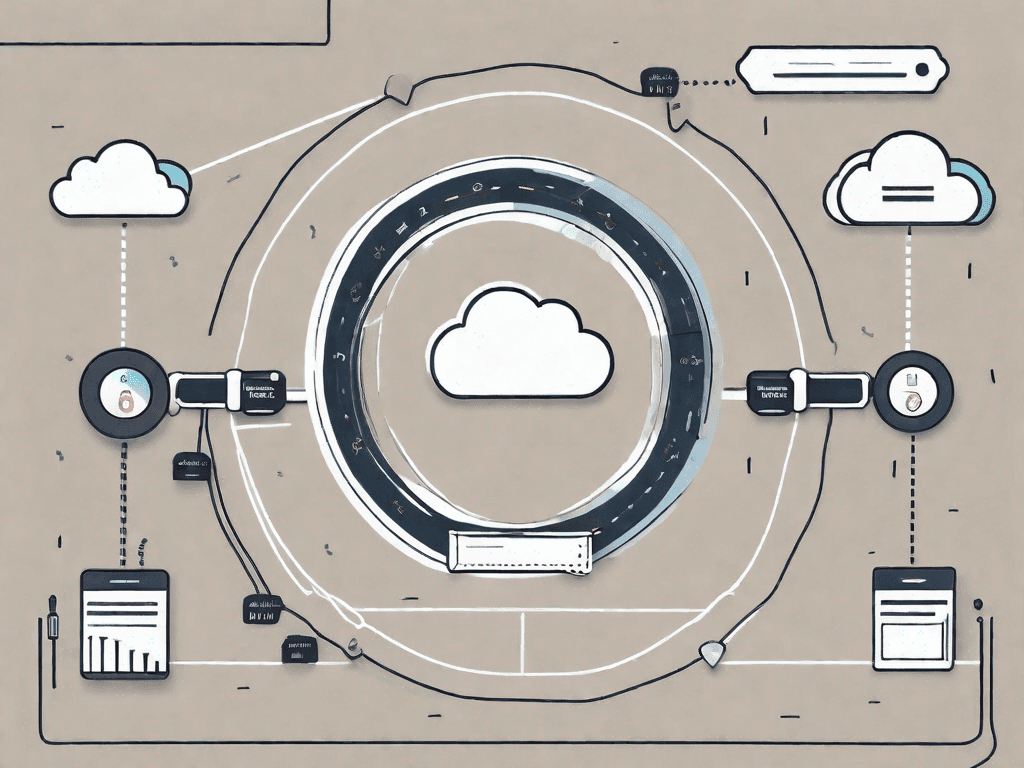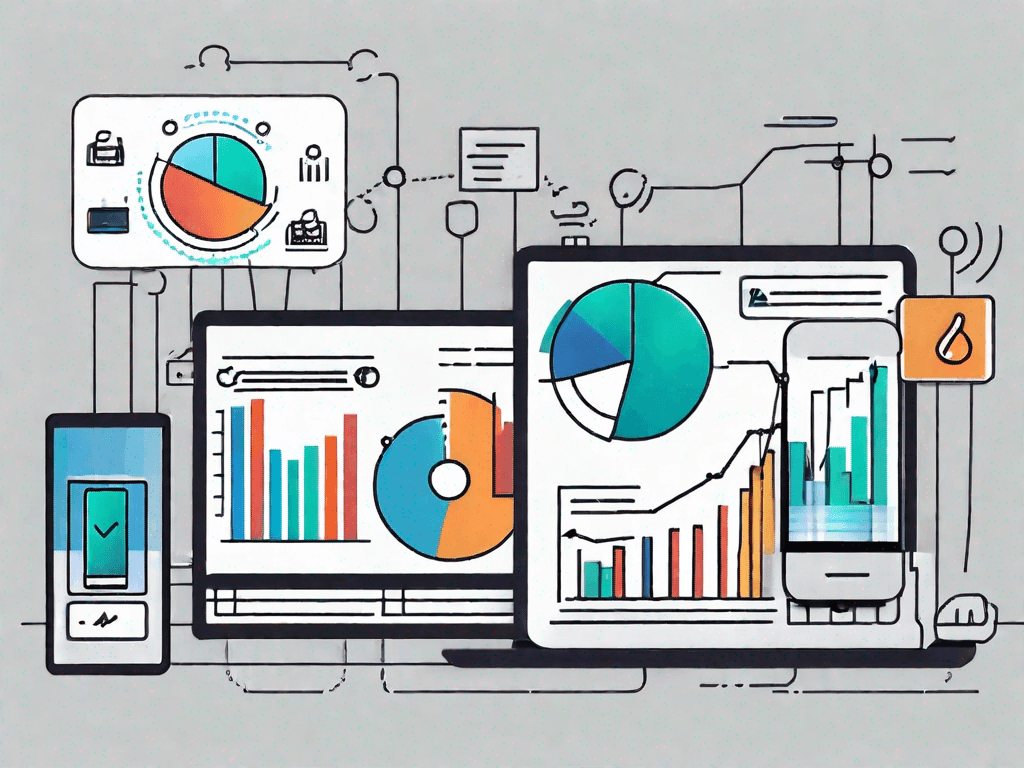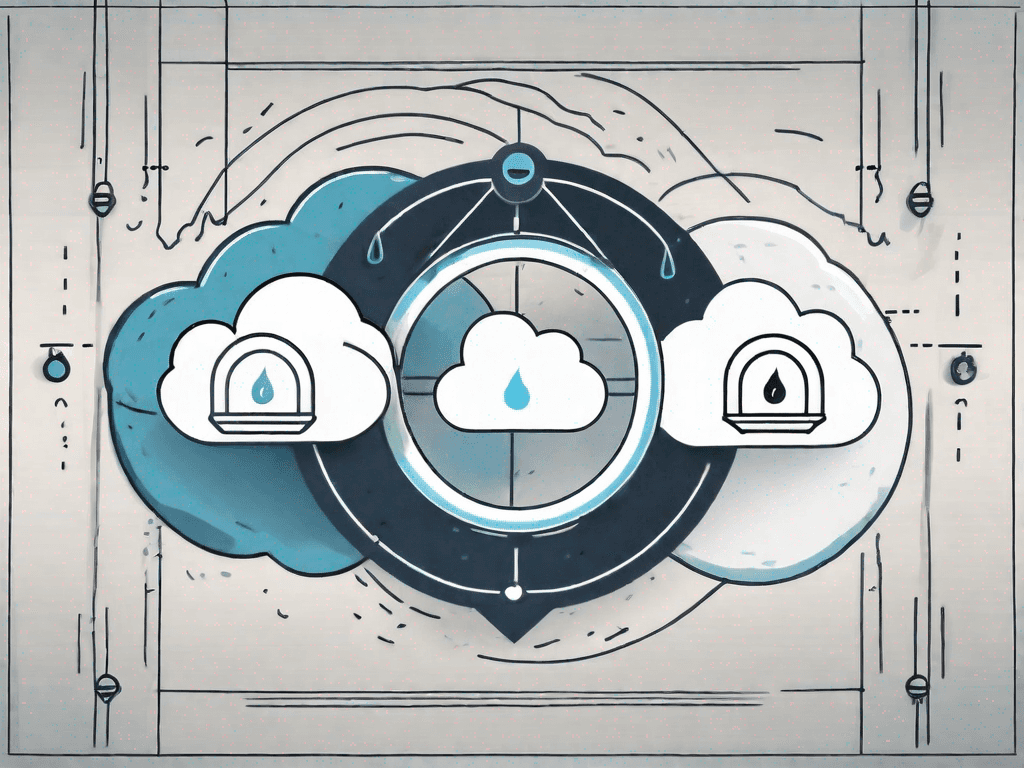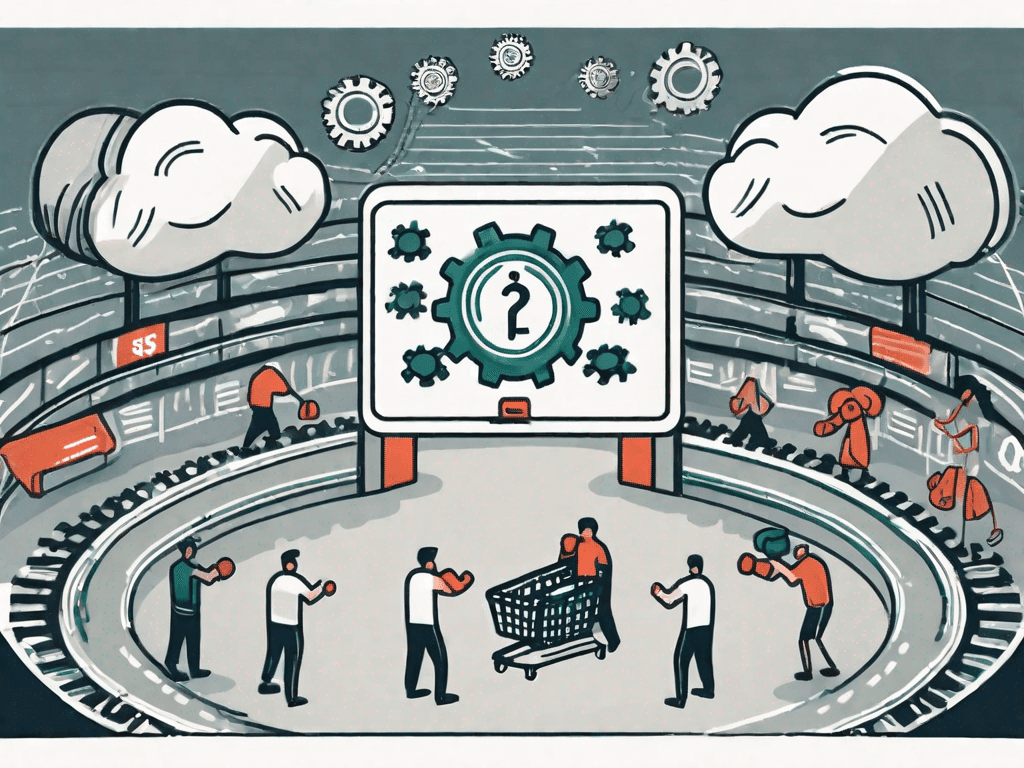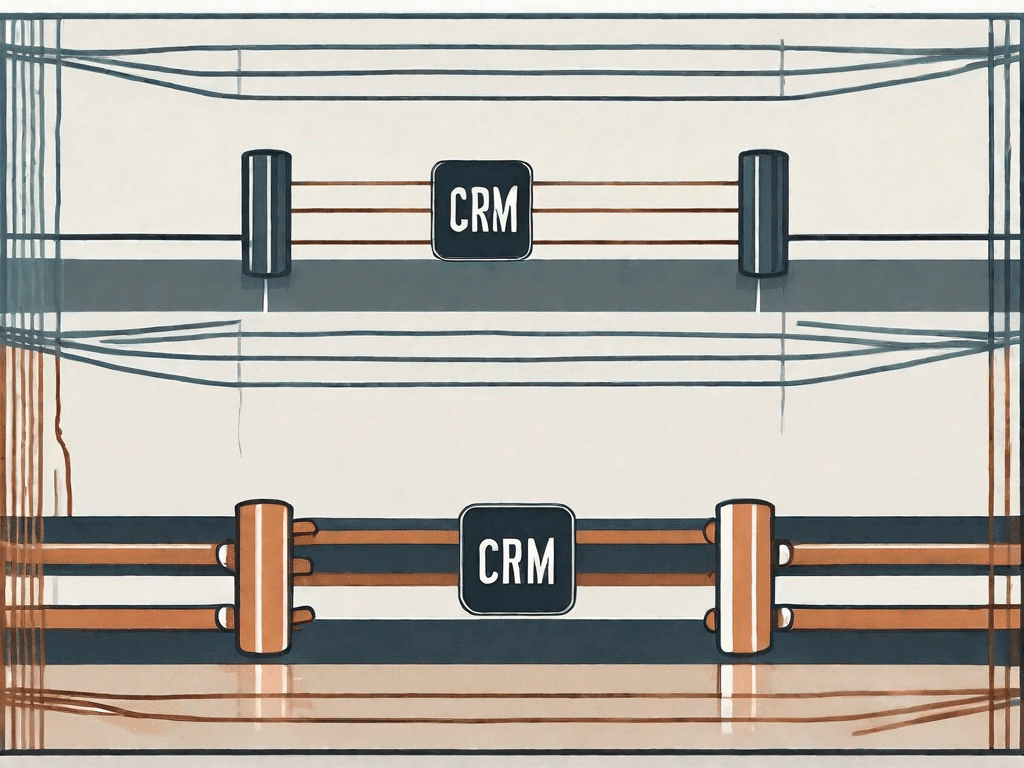
5 Superhuman Email Alternatives
In today's fast-paced digital age, email has become a staple in our personal and professional lives. However, as the volume of emails continues to grow, so does the need for alternative communication tools that can help us stay productive and efficient. In this article, we will explore five superhuman email alternatives that are revolutionizing the way we communicate.
Understanding the Need for Email Alternatives
Traditional email has its drawbacks, and these limitations have led to the emergence of innovative communication tools. One of the main drawbacks of email is the sheer amount of time it takes to process and respond to messages. With alternative tools, we can streamline our communication and reduce the time spent in our inboxes.
The Drawbacks of Traditional Email
Email overload is a prevalent issue in today's digital world. Sorting through countless inbox messages can be overwhelming and time-consuming, often resulting in important emails getting lost in the shuffle. Additionally, the need to constantly check and respond to emails can hinder productivity and disrupt our focus on more critical tasks.
Imagine this scenario: you have just returned from a week-long vacation and are faced with hundreds of unread emails in your inbox. The thought of sifting through each one, determining their importance, and crafting thoughtful responses can be daunting. This process alone can eat up a significant portion of your workday, leaving little time for other essential tasks.
Moreover, the constant influx of emails can create a sense of urgency and pressure to respond promptly. This pressure can lead to a constant state of distraction, as individuals find themselves constantly checking their inbox for new messages. This constant interruption can disrupt workflow and impede productivity.
The Evolution of Communication Tools
The rise of digital technology has paved the way for various communication tools that offer more efficient and effective alternatives to traditional email. These tools are designed to enhance collaboration, streamline communication, and ultimately boost productivity. Now, let's delve into the superhuman alternatives that are transforming the way we exchange information and ideas.
One such alternative is instant messaging platforms. These platforms allow for real-time communication, eliminating the need to wait for email responses. With features like read receipts and typing indicators, instant messaging provides a sense of immediacy and promotes quicker decision-making.
Another innovative communication tool is project management software. These platforms not only facilitate communication but also provide a centralized hub for collaboration, task management, and file sharing. By bringing all relevant information and discussions into one place, project management software reduces the need for lengthy email threads and promotes efficient teamwork.
Furthermore, video conferencing tools have revolutionized remote collaboration. With high-quality video and audio capabilities, individuals can connect face-to-face from different locations, fostering a sense of connection and engagement. Video conferencing eliminates the need for lengthy email chains and allows for more dynamic discussions and brainstorming sessions.
Lastly, collaborative document editing tools have transformed the way we collaborate on projects. These tools enable multiple individuals to work on a document simultaneously, eliminating the need for back-and-forth email exchanges. Real-time editing and commenting features promote efficient collaboration and ensure that everyone is on the same page.
In conclusion, while traditional email has served as a primary mode of communication for decades, its limitations have spurred the development of innovative alternatives. These alternatives offer streamlined communication, enhanced collaboration, and increased productivity. By embracing these tools, individuals and organizations can break free from the constraints of email and embrace a more efficient and effective way of exchanging information and ideas.
Exploring the Superhuman Email Alternatives
Instant Messaging Apps
Instant messaging apps, such as Slack and Microsoft Teams, have gained significant popularity in recent years. These platforms provide real-time chat capabilities, allowing team members to communicate seamlessly. With features like file sharing, threaded conversations, and integrations with other productivity tools, instant messaging apps offer a more dynamic and interactive communication experience.
Project Management Tools
Collaboration-centric project management tools like Asana and Trello offer an alternative to traditional email by providing a centralized platform for task management and communication. Team members can interact through comments, assign tasks, set deadlines, and track progress in a more organized and streamlined manner. These tools eliminate the need for lengthy email threads and allow for more transparent and efficient collaboration.
Social Media Platforms
Social media platforms, such as Facebook Workplace and Yammer, are transforming the way organizations communicate and collaborate internally. With familiar user interfaces and features like newsfeeds, groups, and direct messaging, social media platforms offer a more engaging and informal way to connect with colleagues. They also facilitate knowledge sharing and build a sense of community within the organization.
Video Conferencing Software
Video conferencing software, like Zoom and Microsoft Teams or Free Conference, has become an essential tool for remote teams and global organizations. These platforms enable face-to-face communication, screen sharing, and real-time collaboration, making them ideal for virtual meetings, presentations, and brainstorming sessions. Video conferencing software brings a personal touch to communication, fostering stronger connections and reducing the need for back-and-forth emails.
Collaborative Document Platforms
Collaborative document platforms, such as Google Docs and Microsoft Office 365, offer a more efficient way to create, edit, and share documents. These platforms allow multiple users to collaborate on the same document simultaneously, eliminating the need for cumbersome email attachments and version control issues. With real-time editing and commenting features, collaborative document platforms enhance teamwork and simplify document management
Selecting the Right Email Alternative for Your Needs
Now that we've explored the various superhuman email alternatives, how do you choose the right one for your needs? It's essential to evaluate your communication requirements and consider the size and structure of your team.
Evaluating Your Communication Requirements
Take a step back and assess your communication needs. Consider factors such as the frequency and urgency of communication, the need for real-time collaboration, and the volume of external interactions. Understanding your specific requirements will help narrow down the options and find the most suitable alternative.
Considering the Size and Structure of Your Team
Team size and structure play a crucial role in determining the best email alternative. For larger teams, instant messaging apps and project management tools might offer more efficient communication channels. Smaller teams might benefit from more informal platforms like social media, while globally dispersed teams may find video conferencing software invaluable for face-to-face interactions.
Understanding the Features of Each Alternative
Before making a decision, it's important to understand the features and functionalities of each email alternative. Evaluate the ease of use, integration capabilities with existing tools, security measures, and any additional functionalities that can enhance your team's collaboration and productivity.
Implementing Your Chosen Email Alternative
Once you've selected the most suitable email alternative for your needs, it's time to implement it effectively within your team or organization.
Training Your Team on the New Platform
Proper training is essential for a smooth transition from traditional email to the chosen alternative. Provide comprehensive training sessions, tutorials, and documentation to ensure that all team members are familiar with the new platform's features and functionalities.
Ensuring a Smooth Transition from Email
Avoid a sudden shift from email to the new tool. Instead, encourage a gradual transition and establish clear guidelines and deadlines for the adoption of the email alternative. This approach will help minimize disruption and allow team members to adjust to the new communication method comfortably.
Monitoring and Adjusting Your New Communication Strategy
After implementing the email alternative, it's crucial to monitor its effectiveness. Regularly assess the adoption rate, feedback from team members, and overall impact on productivity and collaboration. Based on this analysis, make any necessary adjustments to optimize your team's communication strategy.In conclusion, traditional email is no longer the only communication solution available. With the emergence of superhuman email alternatives, we can revolutionize the way we communicate and collaborate. By understanding our needs, exploring the various tools, and selecting the right one, we can improve productivity, streamline communication, and embrace the future of workplace collaboration. So, why stick to the conventional when you can be a communication superhero with these five alternatives?










![The 8 Best Social CRM Software in 2025 [Comparison]](https://framerusercontent.com/images/RYHyYapdgIi83BEWtMdX418.png)
![The 6 Best LinkedIn CRM in 2025 [Comparison]](https://framerusercontent.com/images/Luywfni7ZKjb19yghbhNPy4I4qQ.png)




![The 5 Best Twitter CRM [Comparison]](https://framerusercontent.com/images/EWcbvYnVZglJLO8jp3OlHkTvsHo.png)





